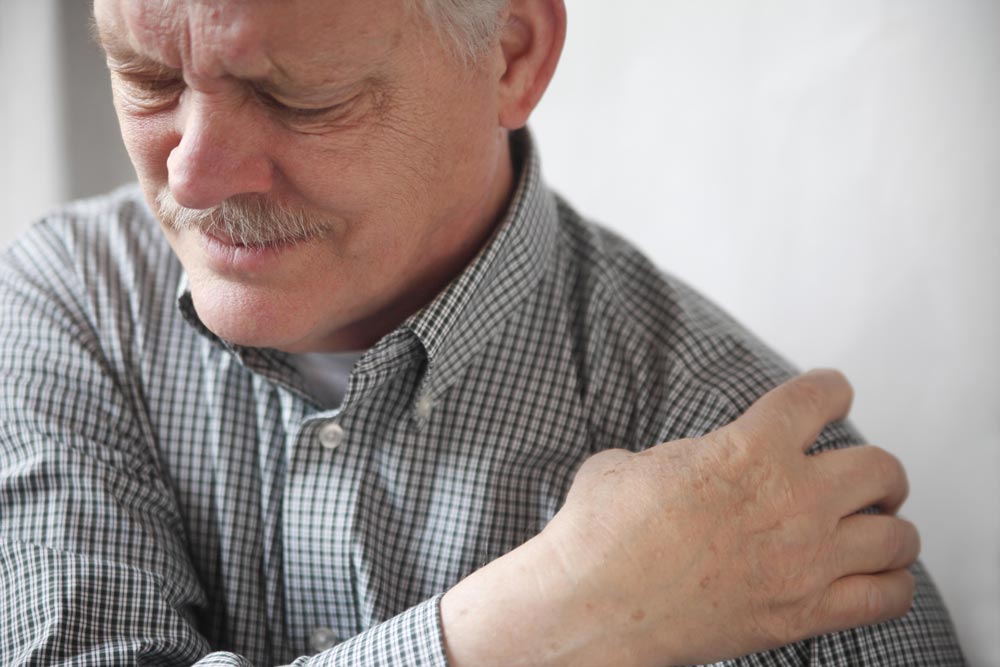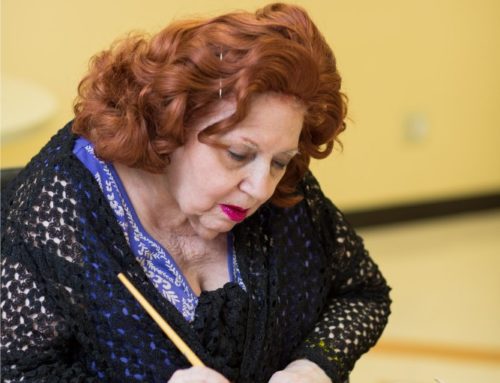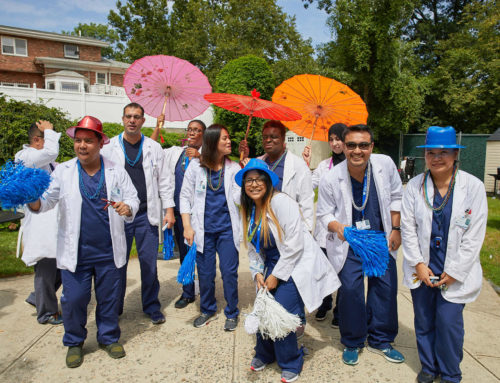Do’s and Don’ts for Easing Rotator Cuff Injury Symptoms
The rotator cuff is a group of muscles securing the upper arm bone in the shoulder blade socket. It’s an essential aspect of the shoulder, allowing the arms to lift smoothly. Unfortunately, those thin muscle strips wear down over time or are damaged from an accident or fall. Several treatment options are available for a rotator cuff injury, depending on the extent of the damage.
One possible recommendation for treating it is physical therapy. Such rehab includes strengthening and stretching exercises to rebuild the muscles and increase flexibility. For minor injuries, physical therapy may be all that’s needed to recover, but it’s also a crucial aspect of post-surgical treatment.
To learn more about rotator cuff tears and treatment, look at the following sections.

A rotator cuff injury – the Do’s and Don’t’s
Pain medications and anti-inflammatories often reduce or eliminate pain. Over time, these may become less effective, requiring physical therapy or other treatments.
The best way to improve the issue includes limiting or modifying activities to avoid further damage. Also, there are actions you should steer clear of.
- Some work or sporting activities may not be possible until the shoulder feels better.
- Avoid carrying heavy objects or lifting your arms too high. Doing so prevents further injury and unnecessary pain.
- Avoid overexerting or overloading the shoulder.
- Don’t ignore the pain. Rest the area and using ice to reduce swelling and pain whenever needed.
- Speak to a physical therapist about exercises tailored to restore muscle strength and flexibility.
If the pain doesn’t go away or worsens over time, surgery may be necessary for a rotator cuff injury.
Please note that rotator cuffs won’t heal on their own since the injury results from muscle tears. Of course, the damage may not require surgical intervention. Minor injuries are often treated using at-home methods to reduce pain and increase movements. However, knowing what you should or should not do is very important.
Treatment
For those with a minor injury, physical therapy is recommended right away. The exercises are customized to rebuild muscle strength and increase flexibility and range of motion.
Other treatment options include rest, arm slings, limiting shoulder activity, over-the-counter anti-inflammatories, and steroid injections. Not all individuals require every non-surgical treatment, so your doctor will discuss what’s essential to heal your rotator cuff injury.
For severe damage, surgery may be the best treatment. Those with partial tears may also require surgery if non-surgical treatments are having no effect. After the procedure, physical therapy hastens recovery, building stronger muscles and ensuring easier, more comfortable movement.
How do I know if I have damaged my rotator cuff?
There may be various signs that you have this condition. The symptoms may include:
- Weakness
- Dull but deep pain from the shoulder down to arm
- Limited range of motion
- Pain at night
Where does a torn rotator cuff hurt and symptoms?
The rotator cuff is in the shoulder, so this area hurts when the muscles tear. Minor injuries may not be painful or only hurt when you raise your arms or reach behind you.
Some individuals experience a dull ache radiating from deep within the shoulder. Pain often worsens at night or when you lean or lay on the affected area, making sleep difficult. For a rotator cuff injury, shoulder or arm weakness may also occur.
This article contains informational and educational materials and does not replace health or medical advice. For questions or concerns regarding your medical condition or health objectives, speak to a qualified physician or healthcare provider.






Leave A Comment